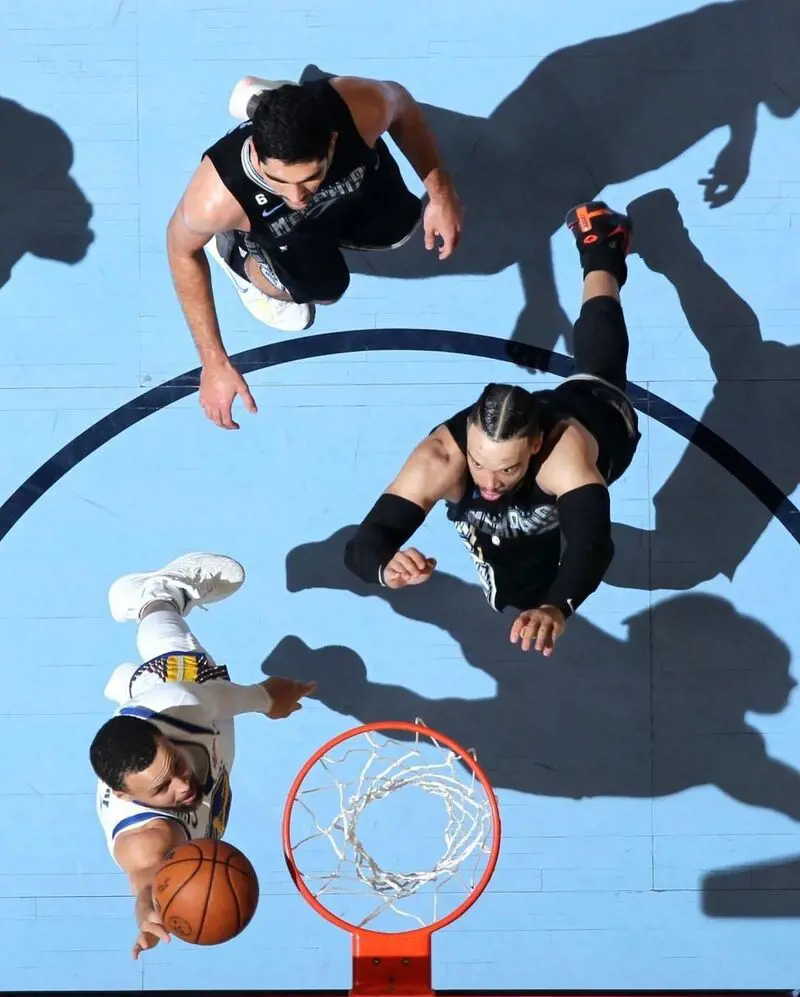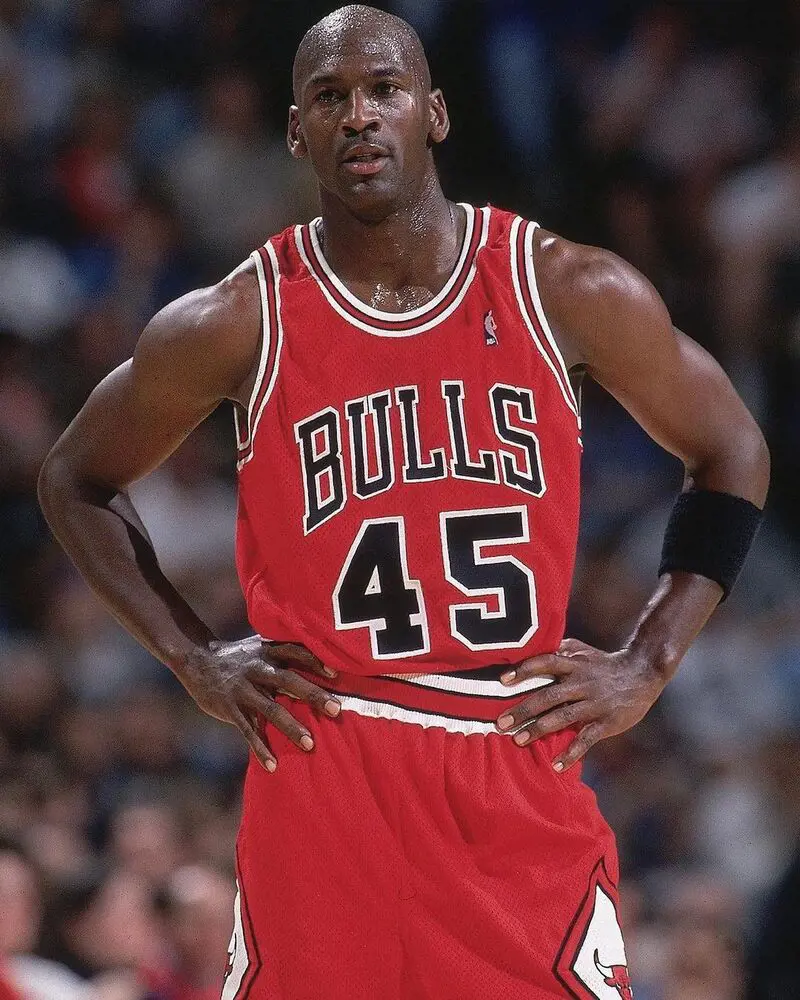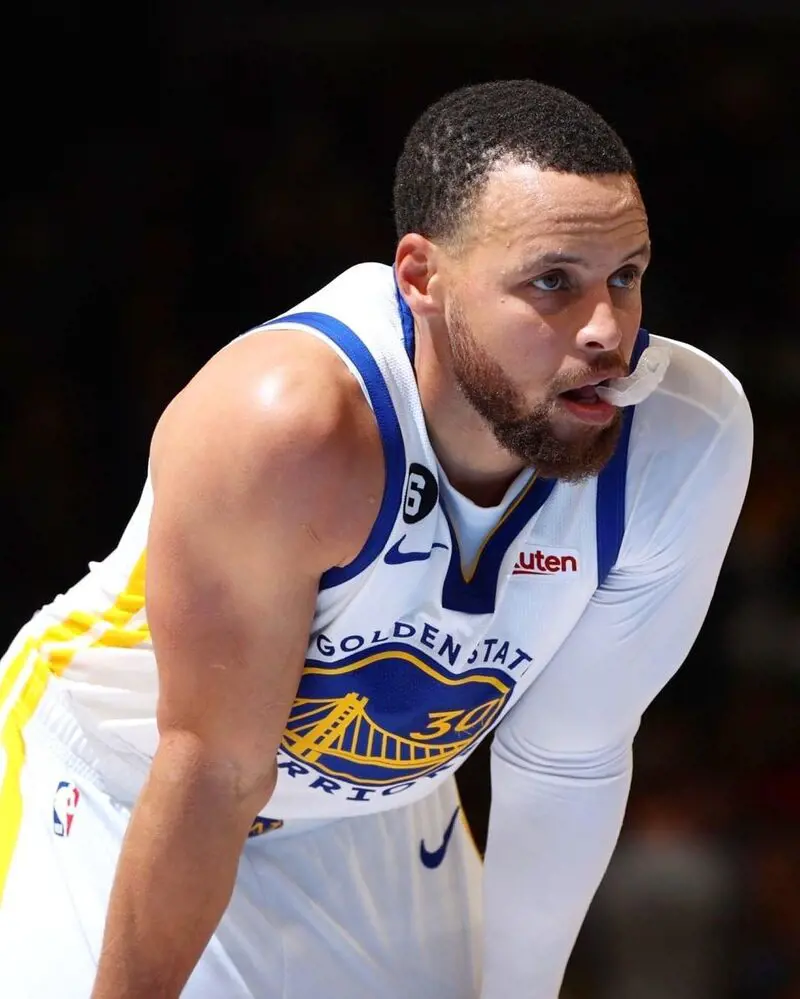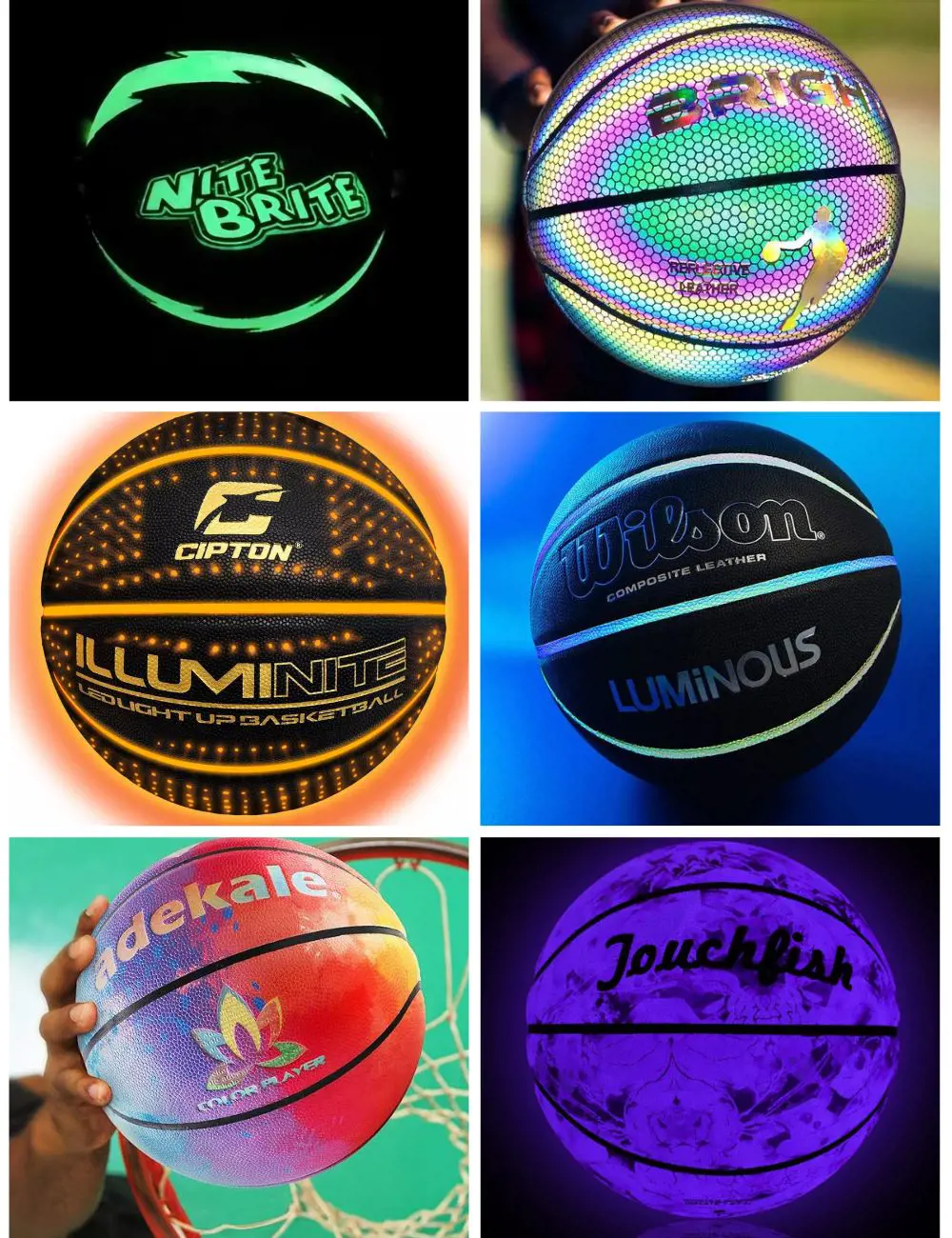1. Center (C)
The Center, the anchor of the team, is usually the tallest member guarding the paint against opposing attacks.
Towering above the fray, they reign supreme in rebounding, swatting away errant shots and securing possessions like trophies.
On offense, they are the paint lords, dominating with powerful post moves, thunderous dunks, and layups that defy gravity.
Think Shaquille O'Neal's unstoppable force or Hakeem Olajuwon's footwork ballet – these are the legends that paint the picture of a dominant center.
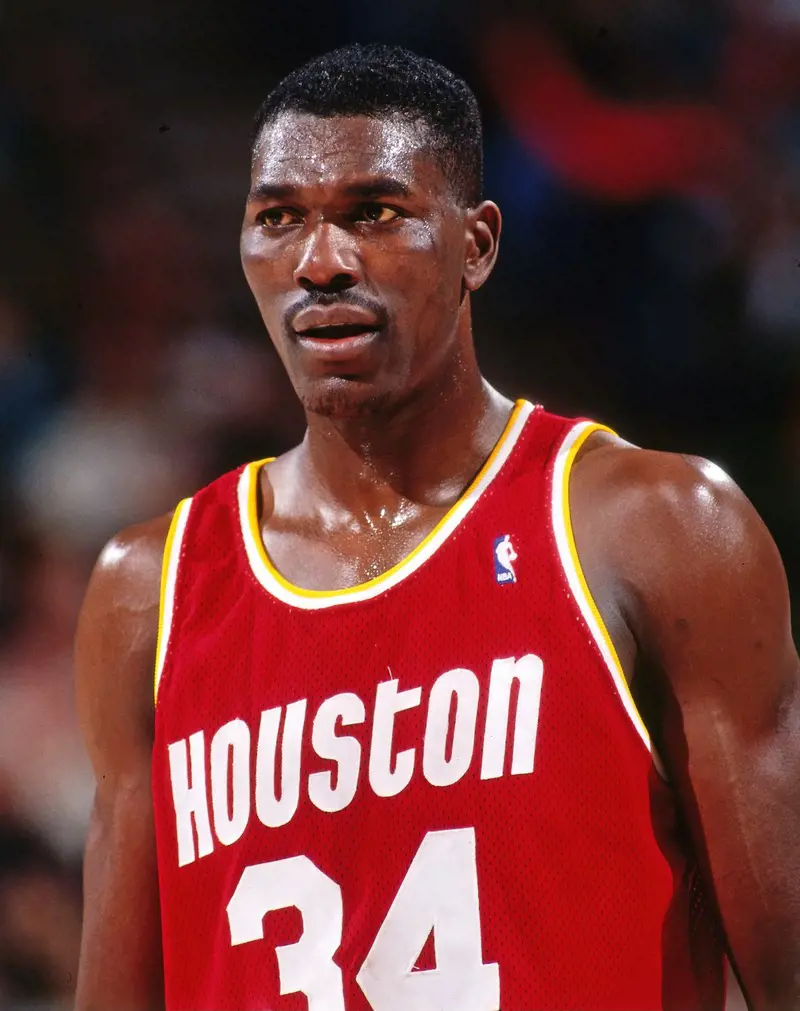
But it's not just brute strength. Centers like Nikola Jokic can thread pinpoint passes like a seasoned orchestra conductor, orchestrating the offense from the heart of the paint.
In terms of defense, centers encircle the rim like an unbreakable wall. Their elongated arms catch rebounds like trophies and swat away bad shoots like flies.
Consider the defensive prowess of Rudy Gobert or the tireless work ethic of Jarrett Allen. These players serve as paint defenders, thwarting offensive moves and drives.
As one of the 5 positions in basketball, the function of a center on the court is listed below:
- Dominating the paint with dunks, layups, and hooks
- Organizing internally with pinpoint passes
- Securing rebounds
- Guarding the rim
- Vocal leader
- Maintaining stability
- Instigating adaptation based on altering game situation
Like ravenous wolves, they fight for second-chance opportunities and box out with the power of bulldozers.
A special combination of size, strength, agility, and skill is needed for the center position, which is a hard one.
They are the center of attention for both the attack and the defense, necessitating both leadership and flexibility in response to the game's constantly shifting dynamics.
They are the real giants of the basketball floor, the cornerstones of the team, and the source of all victory.


